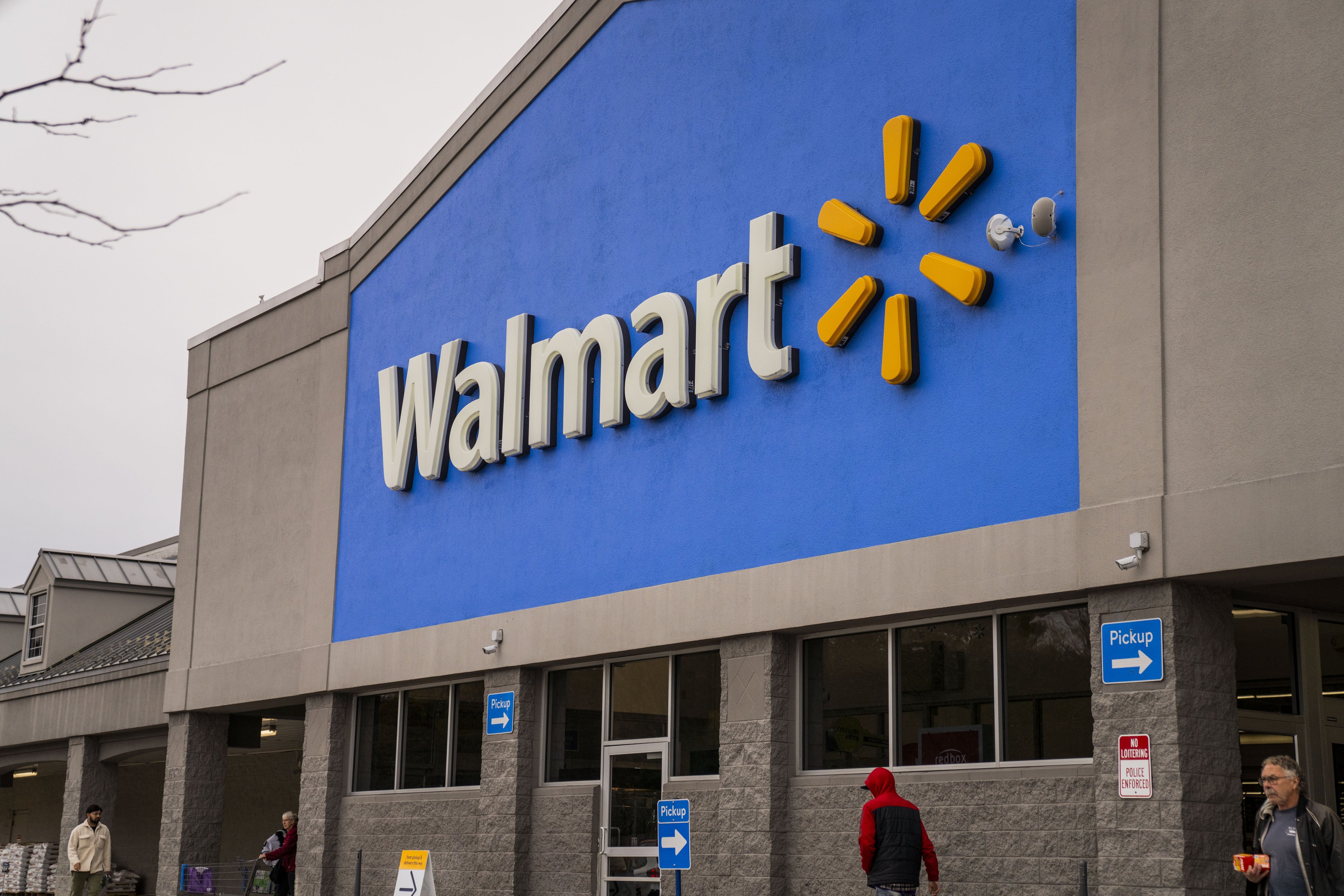For all the hand wringing about Target's (TGT +0.33%) expansion into Canada, this is actually just one of a few problems facing the retailer. The company has issues in its domestic operations and may have lost its cool by copying the competition. Unless management can solve these problems, the stock may be stuck in neutral for a while.
Problems at home
In the past, Target focused on cool, chic clothing and housewares. The company offered just enough in the way of consumables that customers could avoid a separate trip to the grocery store.
Wal-Mart Stores (WMT 0.46%), on the other hand, realized that it could steal market share in the grocery business and began expanding with stores that offered a greater selection. The fact that Wal-Mart now gets about 55% of its sales from groceries has apparently made Target think that groceries are the wave of the future.
Of course, both companies have to worry about the challenge that Amazon.com (AMZN 0.70%) presents. Amazon offers rock-bottom prices on thousands of items that can be found at any Target or Wal-Mart. However, what should worry grocers of all stripes is the Amazon Fresh business. If consumers can buy their fresh groceries online at competitive prices, Amazon could steal major market share from this industry.
Though Target, Wal-Mart, and Amazon all offer many similar products, the sales trajectory of the three companies couldn't be more different. Amazon's overall sales growth is slowing, but many retailers would kill for the company's domestic sales growth of 26% per annum.
Wal-Mart's domestic sales increase of 2% per annum might not seem that impressive, but the company has more than double the store count in the U.S. compared to Target. Wal-Mart's comparable-store sales were flat, which in today's economy is practically a win for the retailer.
Target's domestic sales increased by just 0.2%, but comparable-store sales were down 0.3%. What is far more troubling is how the company's domestic comps declined. The company reported the number of transactions decreased by 2.3%, while the average transaction amount increased 2.1%. Compared to last year's transaction decline of 1.9%, the trend is getting worse, not better.
Problems abroad
Though Canada borders the U.S., Target found out the hard way that shoppers there have their own tastes and opinions. Though sales increased more than 350% at Target Canada, the division also carried a gross margin of slightly less than 19%. Considering that Target's overall gross margin sits near 30%, this performance won't cut it.
Based on the company's comments, Target started out in Canada with far too much inventory and then had to cut prices to clear it all out. It appears this is slowly working, as the aforementioned gross margin was a vast improvement from the prior quarter's 4% margin.
While Amazon and Wal-Mart didn't grow sales internationally by 300% plus, both companies are far more experienced abroad. Amazon reported an 18% annual increase in international sales, and Wal-Mart reported a 3.4% increase. The challenge for Target will be growing the Canadian business to a point where investors are convinced that it will be a long-term success. Given the stock's recent performance, it seems clear that there are more than a few doubters.
Problems with selection
One of the key differentiating factors in Target's past business model was that it didn't want to be like Wal-Mart. It wanted to offer a better shopping environment with somewhat higher prices for a more upscale selection.
While Target still offers a nice selection of clothing and housewares, this selection has been diluted by the expansion of the company's grocery business. In the last couple of years, Target has changed its business from a general-merchandise focus to an "expanded food assortment" focus.
In fact, at this point about 75% of Target's stores offer either a full grocery experience or an expanded food assortment. This seems to be hurting the company's image. Wal-Mart is still known for everyday low prices. Amazon is still known for its selection and low prices. Target used to be known for cheap chic, and now the company seems to be taking a "me too" approach.
For investors, the last few months have been rough. About the only good thing you can say about Target's decline in price is that the yield is now close to 3%. If Target can get back to being the "Tar-jay" type of retailer that attracts sales growth with better margins, then today could be a good buying opportunity for long-term investors. Unfortunately, management isn't giving any indication that this is the future of the company, in which case the stock may be stuck in neutral for a while.








